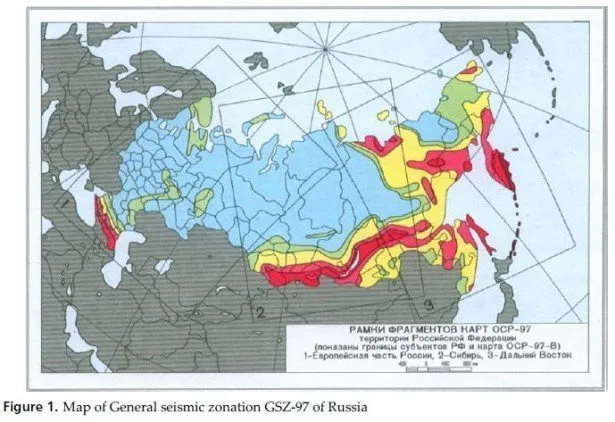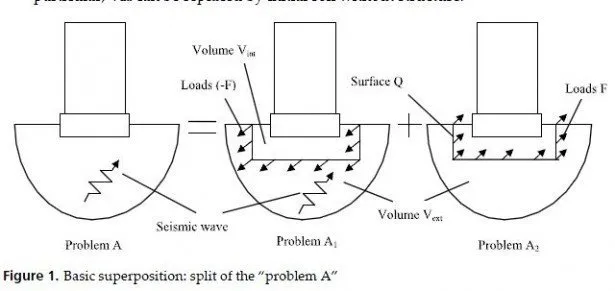The existence of numerous databases in the field of civil engineering, and in particular in the field of geotechnical earthquake, has opened new research lines through the introduction of analysis based on soft computing. Three methods are mainly applied in this emerging field:
the ones based on the Neural Networks NN, the ones created using Fuzzy Sets FS theory and the ones developed from the Evolutionary Computation [45].
The SC hybrids used in this investigation are directed to tasks of prediction (classification and/or regression). The central objective is obtaining numerical and/or categorical values that mimic input-output conditions from experimentation and in situ measurements and then, through the recorded data and accumulated experience, predict future behaviors. The examples presented herein have been developed by an engineering committee that works for generating useful guidance to geotechnical practitioners with geotechnical seismic design. This effort could help to minimize the perceived significant and undesirable variability within geotechnical earthquake practice. Some urgency in producing the alternative guidelines was seen, after the most recent earthquakes disasters, as being necessary with a desire to avoid a long and protracted process. To this end, a two stage approach was suggested with the first stage being a cognitive interpretation of well-known procedures with appropriate factors for geotechnical design, and a posterior step identifying the relevant philosophy for a new geotechnical seismic design.



